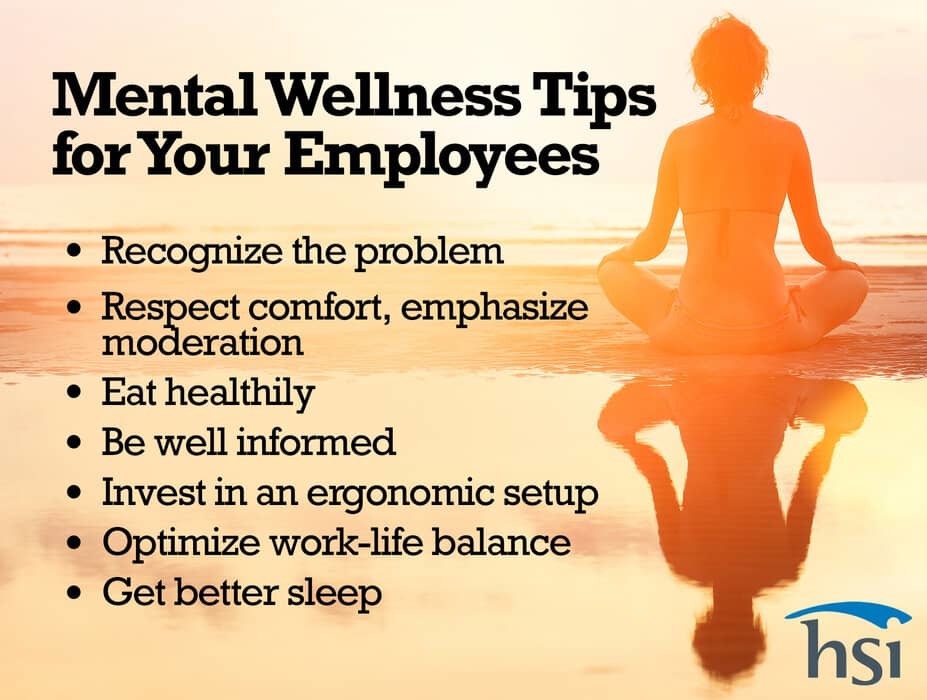
Occupational Health – What Is the BIG Picture of OH?
AlexJones
- 0
- 493
The rapid development of workplace health and wellness tips protective and preventive services has been driven by government strategies and recommendations, as well as by the European Union legislation in the areas of health and safety at work and by the European Commission programme in public health. This was also largely due to the new demands and expectations from employers, employees and their representative bodies as they recognize the economic, social and health benefits achieved by providing these services at the workplace, thus providing the available knowledge and evidence necessary for the continuous improvement of workplace health management. Comprehensive workplace health management is a process involving all stakeholders inside and outside any business.
It aims at empowering them to take control over their own health and their family’s health considering environmental, lifestyle, occupational and social health determinants and quality of health care. It is based on health promotion principles and it creates a great challenge to health, environment and safety professionals providing services, advice, information and education to social partners at work. It involves also taking care of considerable socioeconomic interest of all involved stakeholders. It has been shown in several instances that the business utilizing a well managed research based occupational health service can gain a competitive advantage by:
This article series describes the author’s observations of various roles undertaken by the occupational health nurse. Whilst recognizing the wide variation that exists in occupational health nursing practice between different industrial and blue collar environments this series reflects the standards that have already been achieved where occupational health nursing is at its most advanced.
However it has to be recognized that the level of education, professional skills and the exiting national legislation determines what role can be actually undertaken by occupational health nurses. Even more important is to remember that no one professional out of the exiting workplace health professions is now capable to meeting all health needs of the working population. A multi-disciplinary approach is needed to effectively manage the growing workplace health and safety demands in business today.
The workplace health services use the skills of many professionals such as specialist occupational physicians, safety engineers, occupational hygienists, occupational health nurses, ergonomists, physiotherapists, occupational therapists, laboratory technicians, psychologists and other specialists.
The role and tasks actually performed for the companies by representatives of different health and safety professions vary greatly depending upon legislative needs, scope of the workplace health concept perceived by directors, enforcement practice, the level of their education, position in the occupational health infrastructure, actions undertaken by insurance institutions and many other factors. Occupational health nurses are the largest single group of health professionals involved in delivering health services at the workplace and have the most important role to play in the workplace health management. They are at the frontline in helping to protect and promote the health of the nations working population.
The role of the occupational health nurse in workplace health management is a new and exciting concept that is designed to improve the management of health and health related problems in the workplace. Specialist occupational health nurses can play a major role in protecting and improving the health of the working population as part of this strategy.
Occupational health nurses can also make a major contribution to the sustainable development, improved competitiveness, job security and increased profitability of businesses and communities by addressing those factors which are related to the health of the working population. By helping to reduce ill health occupational health nurses can contribute to the increased profitability and performance of organizations and reduce health care costs. Occupational health nurses can also help to reduce the externalization of costs onto the taxpayer, by preventing disability and social exclusion, and by improving rehabilitation services at work.
By protecting and promoting the health of the working population, and by promoting social inclusion, occupational health nurses can also make a significant contribution towards building a caring social ethos within the UK. This article provides guidance to employers and employees on establishing workplace health management systems within their own organizations. On how to determine and develop the role and functions of the occupational health nursing specialist within each enterprise and where to go for additional help and advice in relation to occupational health nursing.
Changing nature of working life and the new challenges
The world of work has undergone enormous change in the last hundred years. To a large extent the very heavy, dirty and dangerous industries have gone, and the burden of disease, which came with them, in most European countries, has declined. However, the new working environments and conditions of work that have replaced them have given rise to new and different concerns about the health of the working population. Exposure to physical, chemical, biological and psychosocial risk factors at work are now much more clearly linked to health outcomes in the mind of the general public. Expectations of society in regard to health at work have also changed, with increasing demands for better standards of protection at work and for the improvement of the quality of working life.
Employers are also recognizing that health-related issues, such as sickness absence, litigation and compensation costs, increasing insurance premiums, are expensive; ignoring them can lead to serious economic consequences. The best employers’ emphasize the important message that good health is good business, and that much can be achieved in this field simply by introducing good management practices.

